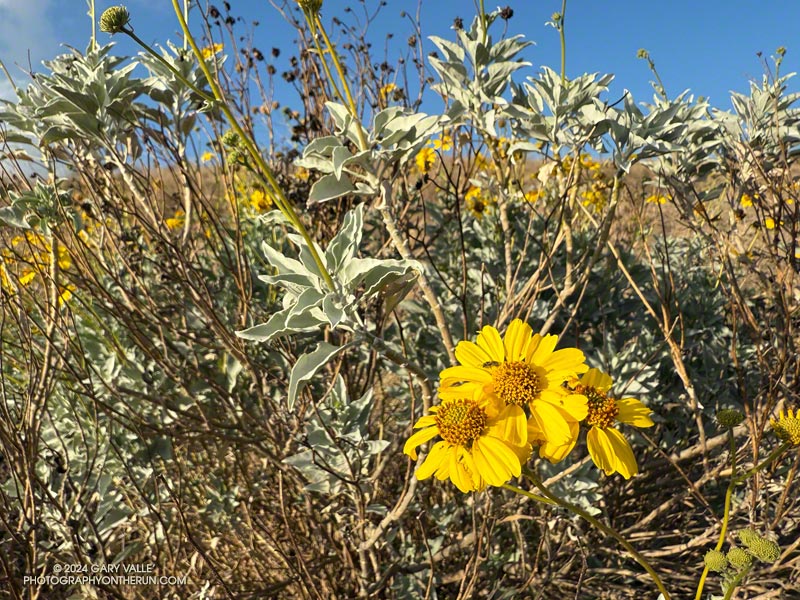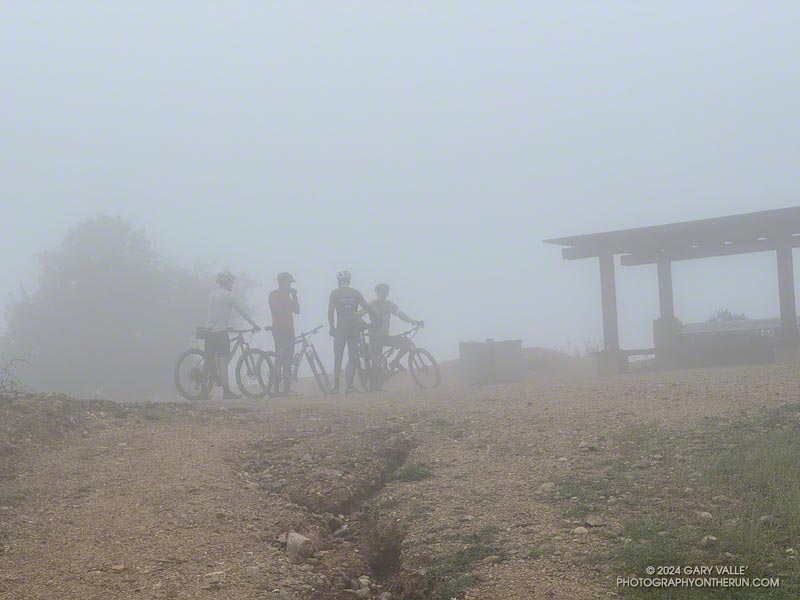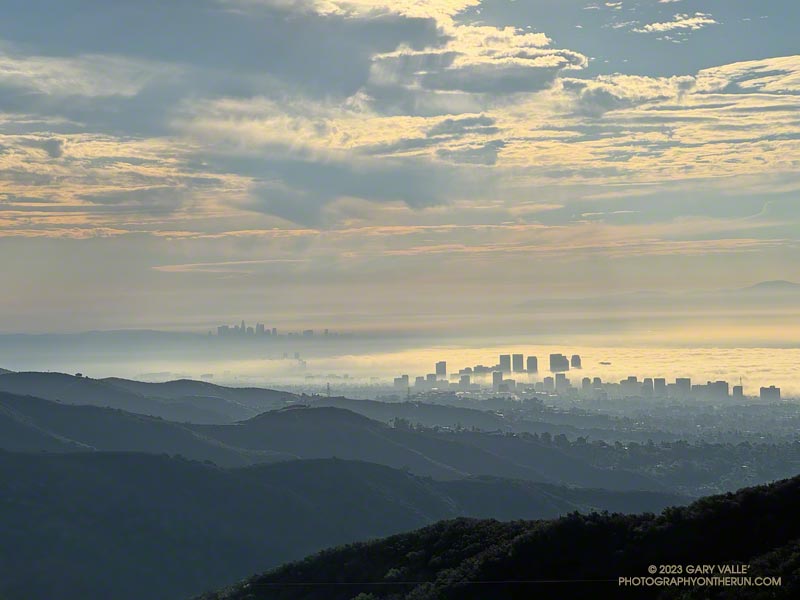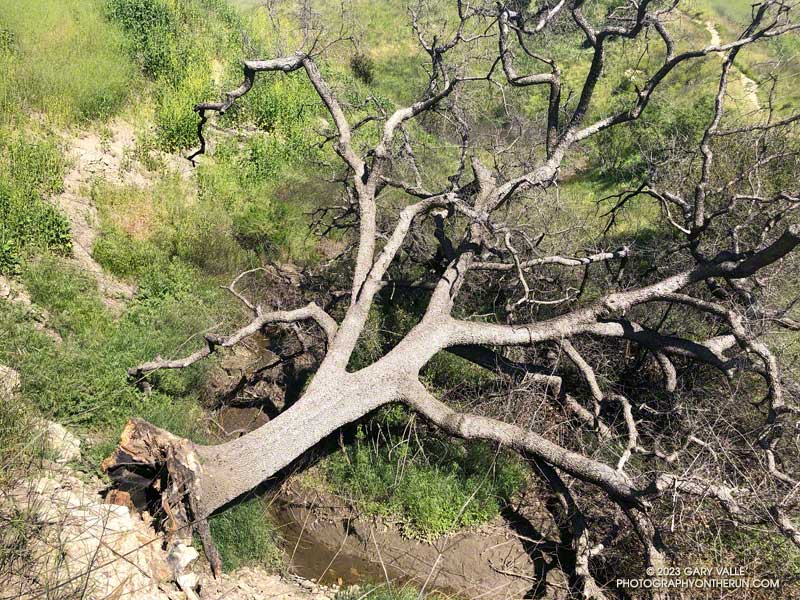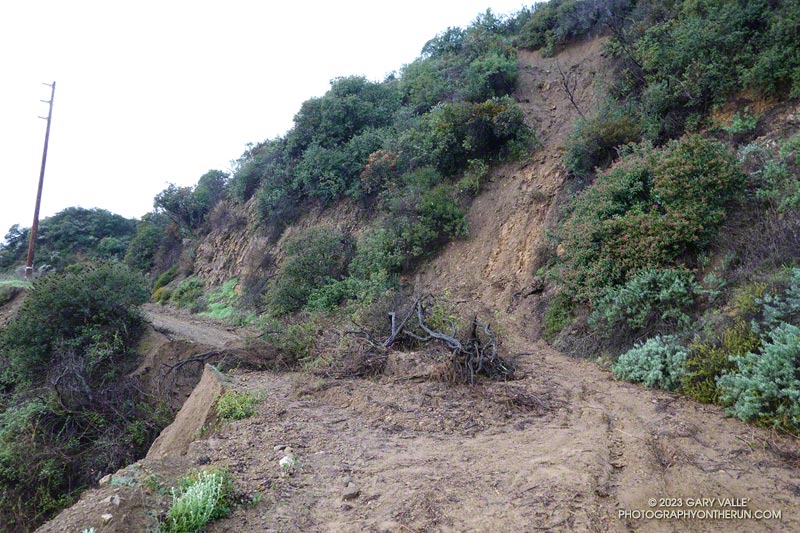
The information in this post may be incorrect or out of date. For official information see the Palisades Fire incident page on the CAL FIRE website. The perimeter is from the Wildland Fire Interagency Geospatial Services (WFIGS) Group and National Interagency Fire Center (NIFC) website. The perimeter shown has a poly_DateCurrent of 1/14/2025 4:30:52 AM UTC.
Also included is a Copernicus Sentinel-2 overlay a few minutes after the start of the fire. The image data was processed using an Active Fire Detection script from SentinelHub. The image sensing timestamp is January 7, 2025 at 10:36:49 AM PST. Here is a broader view of the Sentinel-2 L1C image processed with the Active Fire Detection script.
The active fire detected coincides with the smoke plume near Skull Rock discussed in this Washington Post article. As the article notes, this is in the area burned by the Lachman Fire on New Year’s Eve. Here is a zoomed-in 3D terrain view of the area near Skull Rock.
The approximate location hypothesized in the Washington Post article of the area where there might have been re-ignition of the New Year’s Eve fire near Skull Rock is also noted.
The locations of placemarks, trails, and other data are approximate and subject to error.
Related post: 2021 Palisades Fire Perimeter and Some Area Trails

